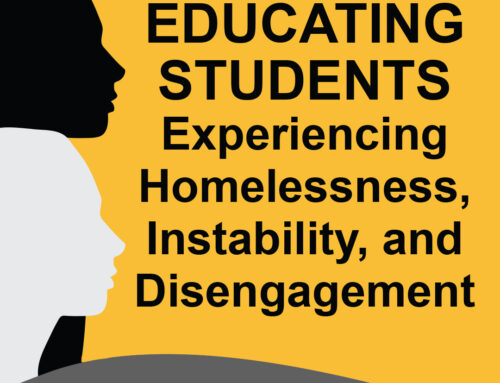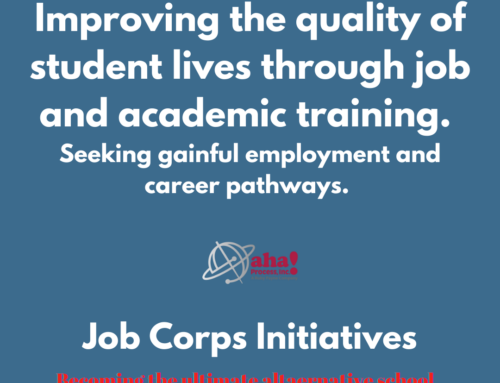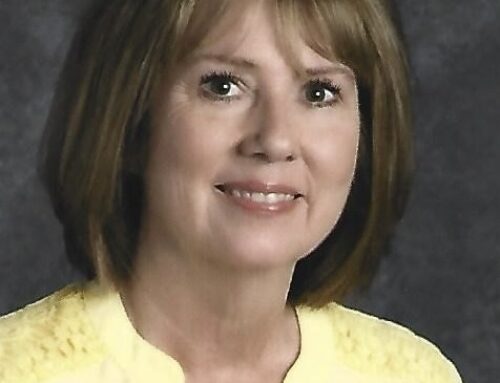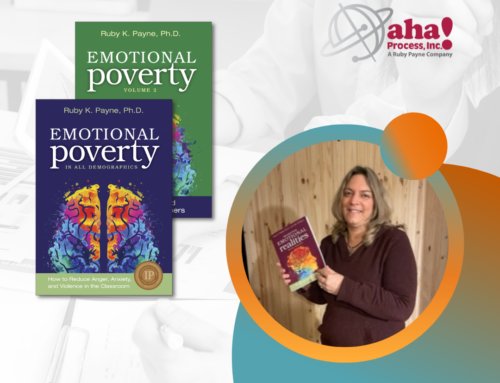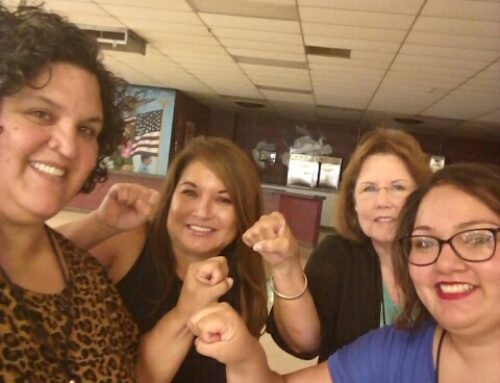When we see the statistics on children in our country, can we afford not to support change? Can we afford not to open ourselves to newer and better thinking? Are we able as professionals and child advocates to see that prior systems and prior thinking are not working for the issues children face today?
The Children’s Defense Fund tells us the following about American children:
-
A child drops out of school every nine seconds.
-
Every 35 seconds a child is abused or neglected (and these are only the cases that get reported).
-
Seven out of every ten children living in poverty live in homes where both parents work.
-
2,411 babies are born into poverty every day.
-
Every day 1,153 babies are born to teen mothers.
-
Every day 1,839 babies are born without health insurance.
-
Every day 200 children are arrested for violent crimes, and 383 are arrested for drug abuse.
-
Every day eight children are killed by firearms, and five children commit suicide.
Are these figures enough to move us to change when it comes to restructuring our thinking, our systems, our listening, our personal actions, our empathy, and our caring? The effects of poverty on health, not just individually, but our nation’s health, are far-reaching.
When I speak of bold moves, I am not speaking of more research. I am speaking of opening doors and windows in all of our schools and community service agencies. I am speaking of being open to change for the sake of children and for the sake of a healthier nation. There is gravely important work to be done, and it cannot be accomplished until we all sit together, learn together the art of collaboration, and then act in a collaborative manner to assist children and their families in finding their strengths and resources. This can be started with the enthusiasm and commitment of just one person or by a large group of committed people.
How would you begin such a collaboration in your community? Have you read these books? They will inspire you!
Conway, Heatherly W. (2007). Collaboration for Kids.Highlands, TX: aha! Process, Inc.
About the author:Heatherly
Conway, Ed.D.is an author, speaker, educator, social worker, and award winning consultant for her work on Collaboration for Kids. For more than 30 years she has passionately promoted the rights of children to be safe, nurtured, loved, and educated. Her mission is to bring community professionals together in healthy, collaborative efforts to address the very real issues of children and their families.

